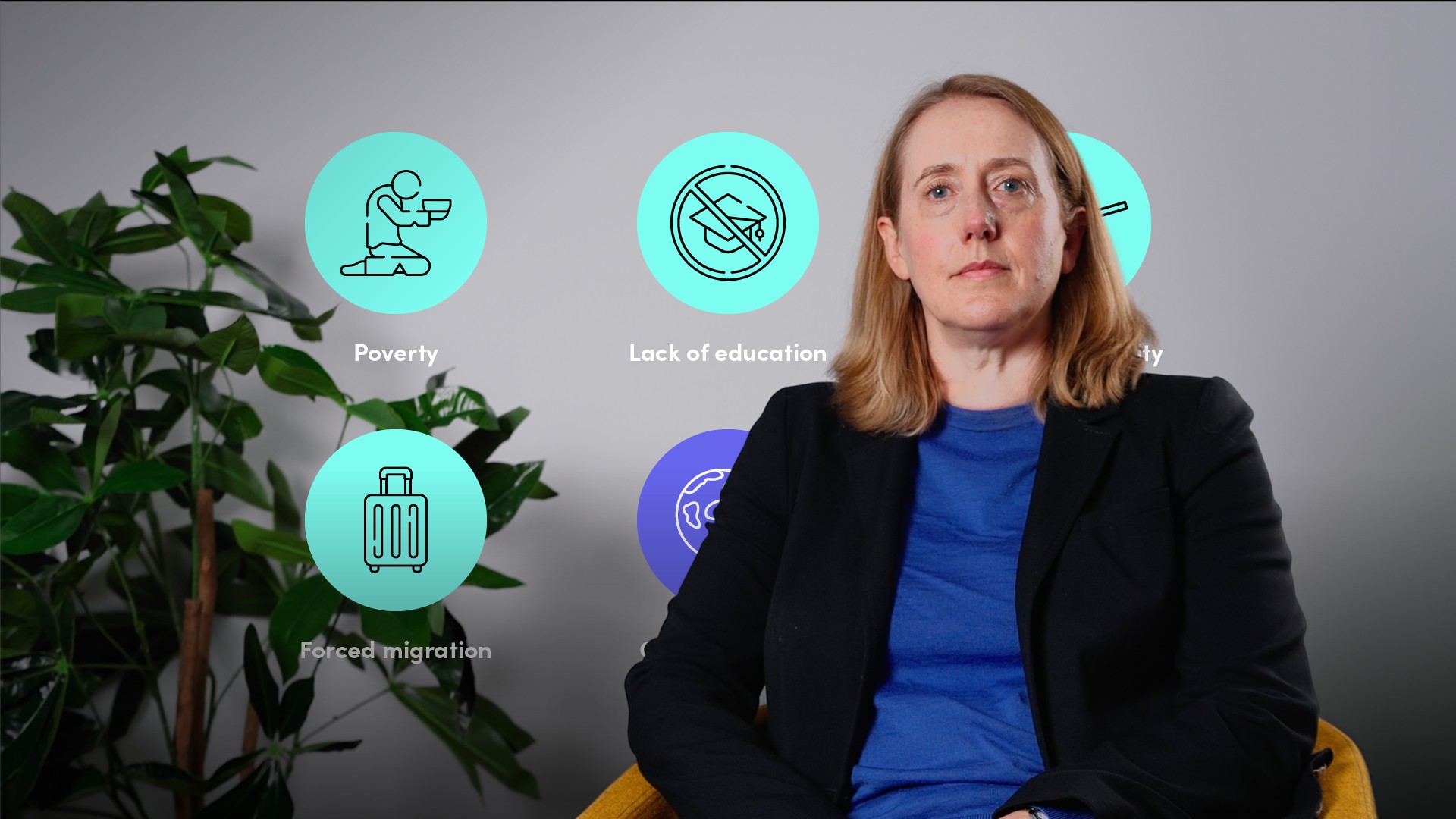
What Is Modern Slavery?

Sarah Ozanne
Understand the critical issue of modern slavery. Join Sarah Ozanne from CMS as she explains what it is, how to identify its indicators and the steps individuals and organisations can take to address it.
Understand the critical issue of modern slavery. Join Sarah Ozanne from CMS as she explains what it is, how to identify its indicators and the steps individuals and organisations can take to address it.
Subscribe to watch
Access this and all of the content on our platform by signing up for a 7-day free trial.

What Is Modern Slavery?
10 mins 43 secs
Key learning objectives:
Define modern slavery
Understand how certain industries are more vulnerable to slavery
Identify the indicators of modern slavery
Overview:
Subscribe to watch
Access this and all of the content on our platform by signing up for a 7-day free trial.
- Retail and consumer sectors: The demand for low-cost products, such as fast fashion, often leads to labour exploitation in supply chains.
- Agricultural and construction sectors: These industries frequently rely on vulnerable migrant workers, who are at risk of exploitation.
- Financial services sector: While perceived as relatively free of slavery, plays a role through its investment and lending choices, which can either perpetuate or help mitigate labour exploitation.
- Isolation: Victims may be under the control of others and rarely travel alone
- Restricted freedom of movement: They may lack personal documents or possessions
- Reluctance to seek help: Victims might avoid eye contact or appear fearful
- Physical appearance: Signs include untreated injuries, malnourishment, or poor hygiene
- Living and working conditions: Victims may live in overcrowded or unsafe conditions and have unusual travel arrangements, like being dropped off and picked up from work
Subscribe to watch
Access this and all of the content on our platform by signing up for a 7-day free trial.

Sarah Ozanne
There are no available Videos from "Sarah Ozanne"





























